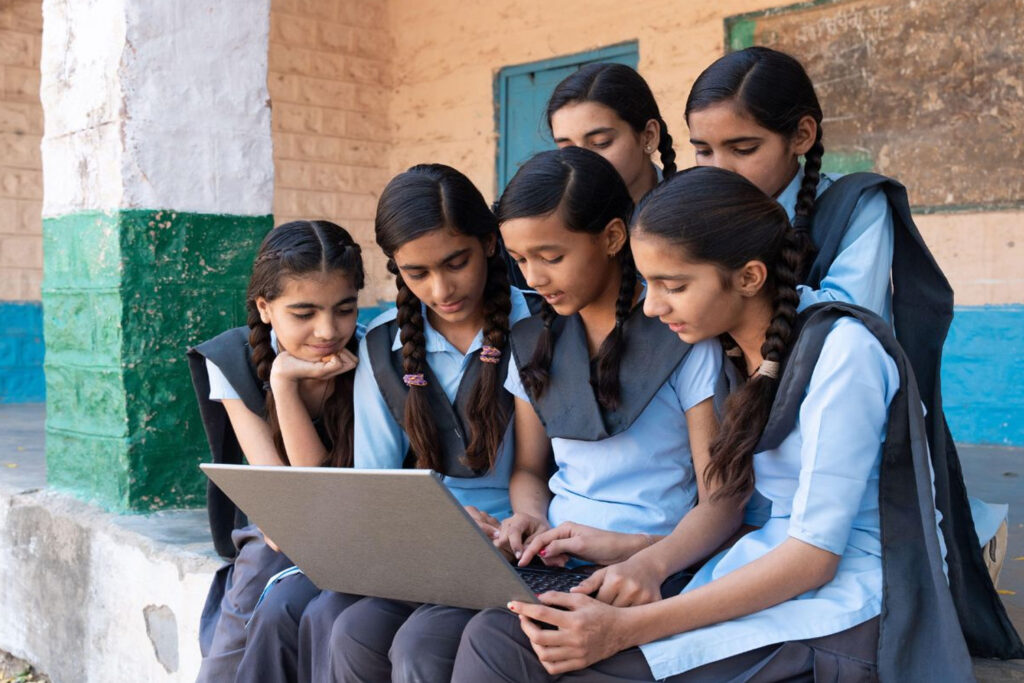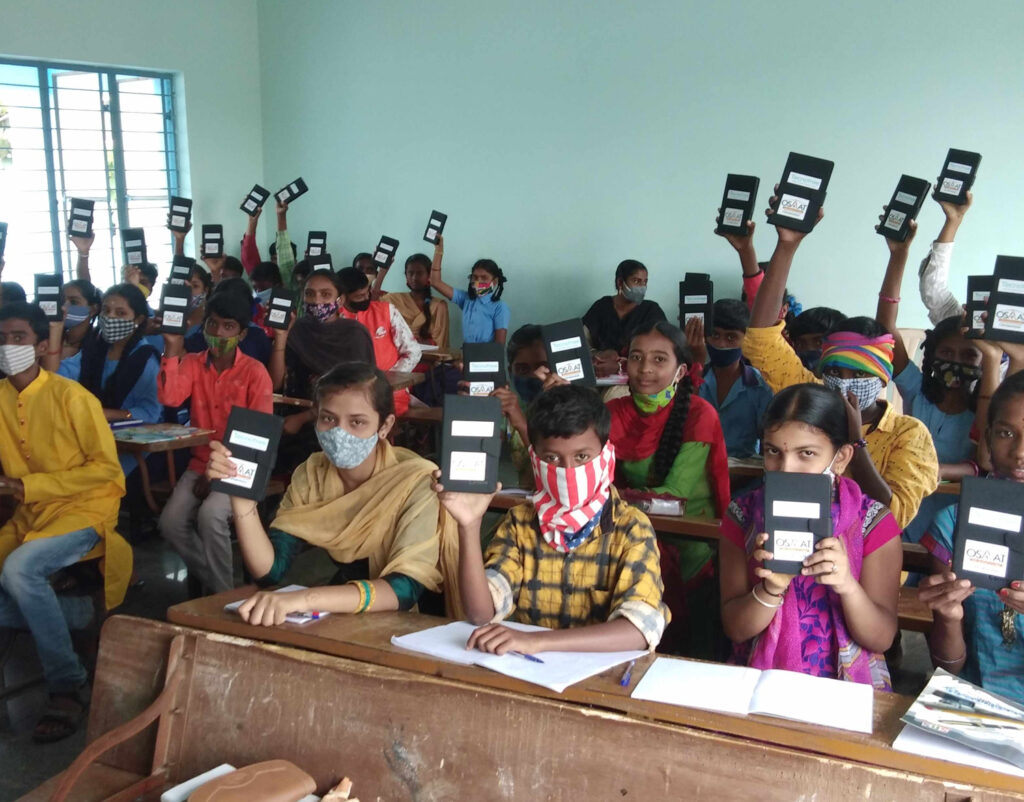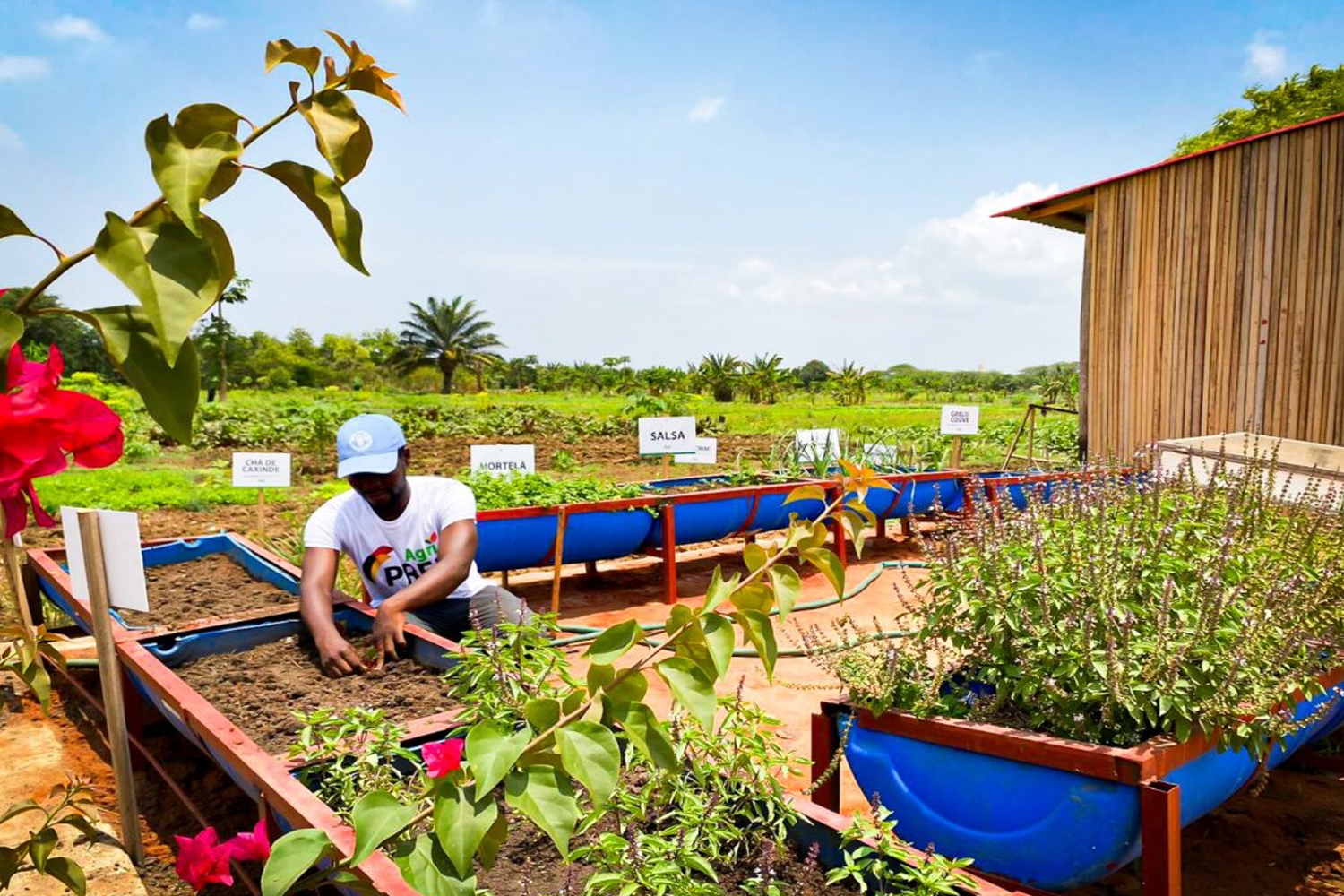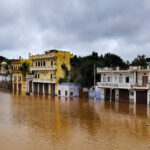In the 21 century, digitalisation has emerged as one of the most revolutionary forces reshaping contemporary society. From the way we communicate and do business to the way we learn and teach, digital tools are now central to everyday life
In the education sector in particular, digitalisation had promised to change access, improve, quality, and span enduring inequities, but in a nation as geographically and socioeconomically vast as India, the same technologies intended to integrate education have ironically, started exacerbating the urban rural divide. while digital tools boom in neatly equipped urban schools, rural and far-flung students still grapple with fundamental connectivity, infrastructure and facilitation. what was once hailed as a great equalizer is now revealing a more complex truth; digitalisation, without equitable distribution and policy support, risks amplifying education inequality rather than eliminating it.

The situation in rural India is, however, vastly different. In villages in states such as Bihar, Madhya Pradesh, Odisha, and parts of the Northeast, most schools continue to lack stable electricity, much less internet connectivity. Even where some form of connectivity is present, it tends to be too weak or unreliable to
enable live streaming or digital learning platforms. For rural students, online education typically comes in the form of listening to audio lectures broadcast on a radio or having one phone shared among several siblings when available. Most rural teachers, as committed as they might be, are also digitally untrained, and largely without knowledge of the digital pedagogy that their city counterparts have already mastered. Therefore, there is now an additional layer of disadvantage—not between the educated and the uneducated, but between the digitally included and the digitally excluded.
The origins of this divide are rooted in both historical infrastructure disparities and more recent digital divides. Urban locations have had access to enhanced education funding, more favorable teacher-to-student ratios, technology access, and more exposure to innovation for a long time. Digitalisation has only further served to enrich this advantage. Meanwhile, rural regions tend to lack badly maintained schools, insufficient trained teachers, and low digital literacy levels. When digitalisation came into the education sector, it took for granted a baseline level of access—devices, electricity, internet—that simply isn’t there throughout the country. Consequently, the equipment intended to enhance learning has instead become out of reach for significant portions of the rural population, perpetuating current educational disparities as well as generating new ways of exclusion.

Long-term also requires a redesign of the role of community in online learning. In most rural locations, shared space like libraries, Panchayat halls, or community learning centres can become digital learning centres. With public-private partnerships, such centres can be outfitted with internet connections, solar panels, and facilitators—a shared access to students without individual devices. Community control of these resources guarantees sustainability and accessibility, and lowers reliance on personal household revenues or assets.
Of course, closing the urban-rural digital divide is not merely a moral or pedagogic necessity—it’s imperative for national development. India’s demographic dividend hinges on its capacity to educate and empower the coming generation in all parts of the country. If rural students are excluded from digital learning, they will also be excluded from new opportunities in STEM, AI, entrepreneurship, and employment globally. This can further widen economic disparities, urban migration, and social unrest. On the other hand, a digitally literate rural community can fuel grassroots innovation, productivity, and resilience—sustaining inclusive growth and sustainable development.
A multi-pronged approach is needed to make sure that digitalisation lifts everyone, not separates them. Policymakers should prioritize rural digital infrastructure, not only in terms of hardware but in reliable electricity, consistent internet, and technical support. There needs to be funding directed towards localized edtech innovation, teacher training, and inclusive curricula. Meanwhile, civil society, educators, technologists, and communities must collaborate so that no child is left behind— not due to geography, language, or resource deprivation.
As digitalisation redefines learning, we need to acknowledge that technology cannot do it on its own. The actual challenge is developing systems that are inclusive by design—systems that put rural learners’ needs at their centres and respect their contexts. Only then can we realize the genuine potential of education in the digital age: a world in which every student, regardless of where they’re born, can dream, learn, and succeed.












